Several decades ago, American schools taught subjects and skills that have largely disappeared from today’s curricula. While some of it makes sense—keeping in mind the technological advancements we’ve achieved—others seem like useful lifestyle skills that could come in handy even today.
So, without further ado, let’s explore some of the things students learned back then that kids don’t typically learn today
Cursive Writing
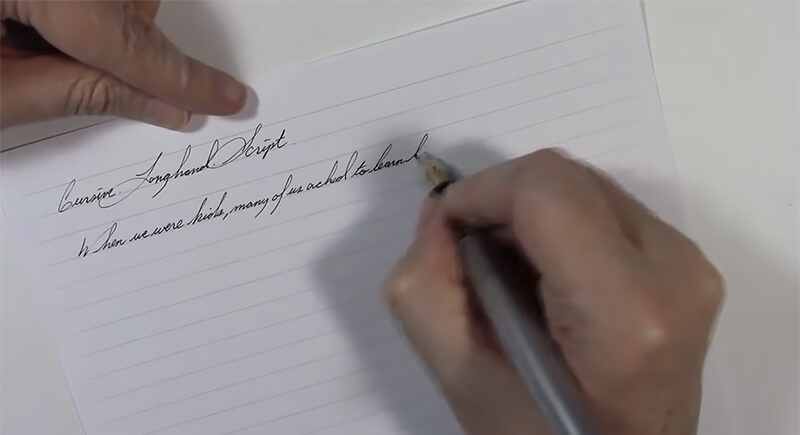
Cursive writing was the original fancy font that was taught in school. Mastering good handwriting was an essential requirement, and practicing cursive was a part of the deal. Students practiced elegant loops and swirls until their cursive looked like it belonged on a wedding invitation. Teachers graded both content and penmanship.
Home Economics

Cooking, sewing, and budgeting were proper school subjects. Students learned how to sew a button or a ripped seam, fry an egg, and balance a checkbook. Many young adults these days can solve a quadratic equation but have no idea how to do their own laundry.
Typing on a Typewriter

Typing on a typewriter meant one typo could ruin everything. Students had to hit the right keys the first time or deal with messy correction tape. Typing was an exercise that required patience and precision. Now, autocorrect does most of the work—sometimes a little too much.
Slide Rules
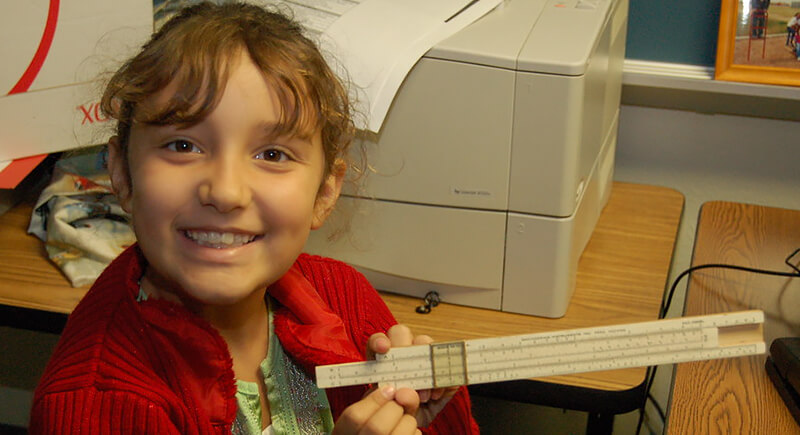
While calculators were available, students used slide rules to do complex math. This required actual brainpower, not just pressing buttons. It was a hands-on way to understand logarithms and multiplication. Today, kids pull out a phone, tap an app, and let technology do the thinking.
Drafting
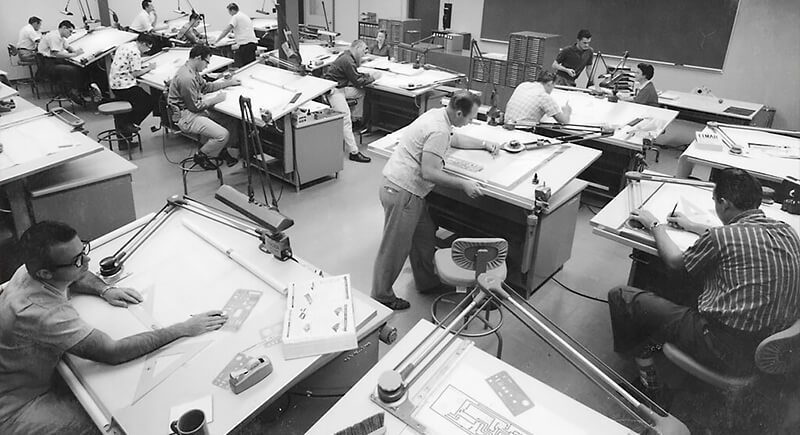
Students were taught how to use rulers, compasses, and T-squares for technical drawings. This skill required patience and a steady hand but became obsolete since CAD software now does this work. Most students will never experience the satisfaction of a perfectly drawn straight line.
Woodshop and Metal Shop
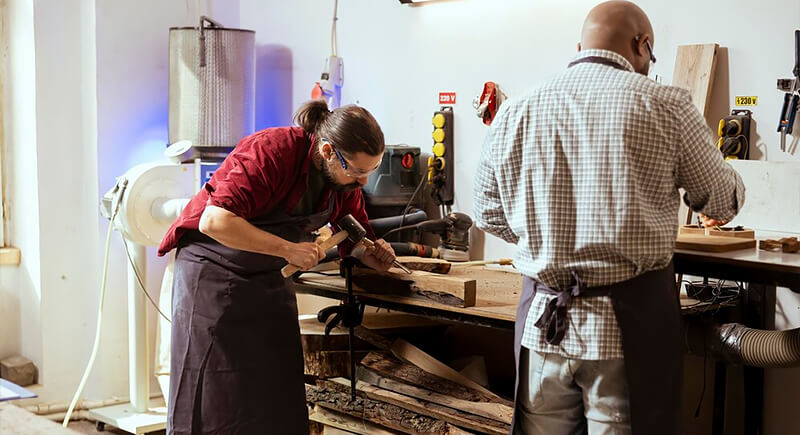
Back in the day, students used real tools to fix things and learned many building skills that also helped with confidence along the way. They left with hands-on skills that could last a lifetime. Sawdust and welding sparks have since been replaced with coding classes.
Memorizing Multiplication Tables
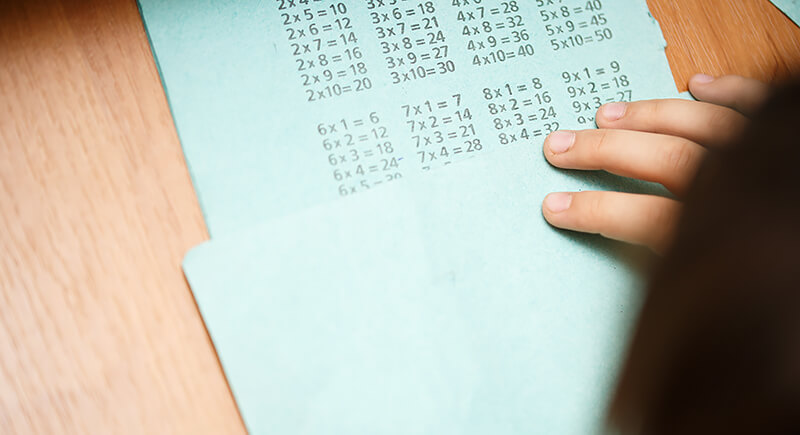
Students drilled multiplication tables until they could answer instantly without any calculators or shortcuts. This quick recall made math easier for life. With time, these calculations have lost their importance since our phones can do all the calculations with apps.
Sentence Diagramming
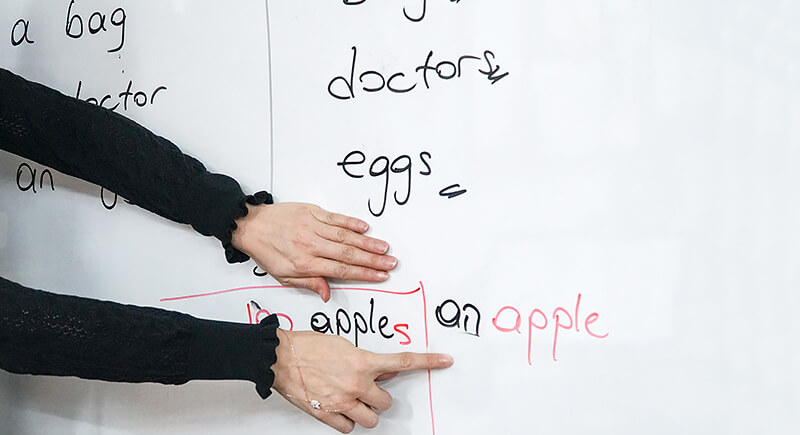
English teachers made students break down sentences into parts like “subject,” “predicate,” and “modifier.” It was like solving a puzzle with words. This ensured a rock-solid understanding of grammar. Now, spell check and auto-correct do the heavy lifting, but they don’t teach the why behind good writing.
Calisthenics

Jumping jacks, push-ups, and sit-ups were standard gym class routines in the 1970s. Schools had no fancy equipment or screens to track your steps—just sweat, effort, and a coach yelling, “One more rep!” Modern schools focus more on general wellness, and fewer students experience old-school physical training.
Civics Education

Students didn’t just memorize facts about the government—they learned how it actually worked. They studied the Constitution, debated political issues, and understood voting rights. Civics education later evolved into this tiny part of the curriculum, which explains why so many people think “checks and balances” means splitting the dinner bill.
Calligraphy
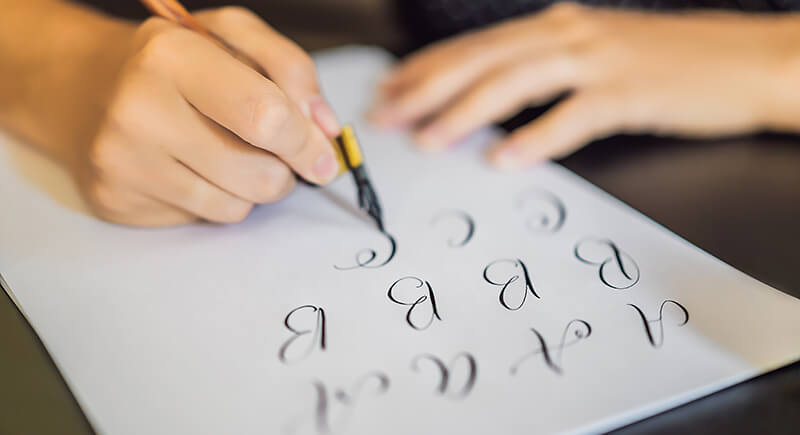
Some schools taught calligraphy in addition to cursive. Students learned how to create beautiful, artistic lettering with ink pens. Eventually, handwritten notes lost their charm and practicality. We’ve even lost the focus and patience required to indulge in such activities.
Library Card Catalogs
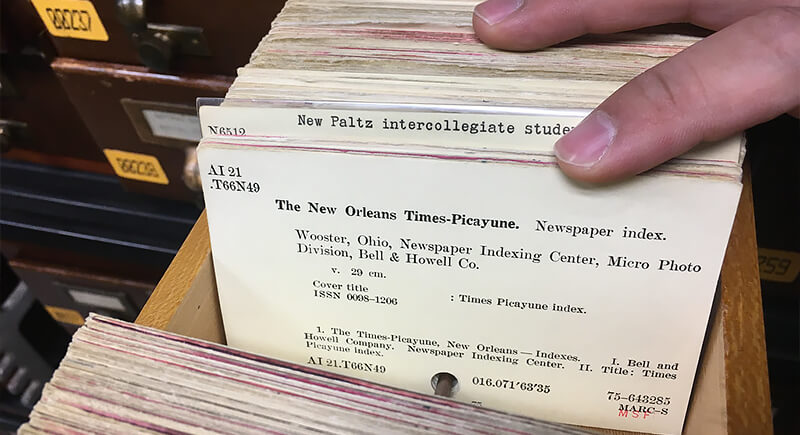
When digital databases didn’t exist, finding a book meant flipping through drawers of index cards. Students had to understand how the system worked to locate information. Fortunately, these days, a quick search bar does all the work, and the closest thing to a card catalog is a Pinterest board.
Civil Defense Drills
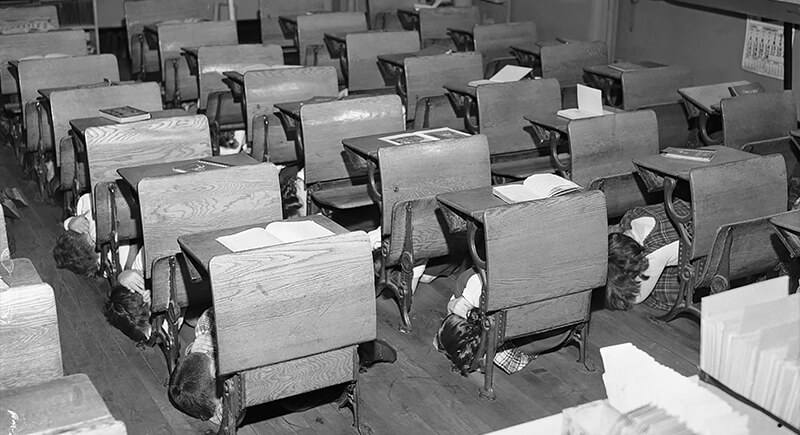
During the Cold War, students practiced “duck and cover” drills in case of a nuclear attack. Schools took these drills seriously, even though a wooden desk wasn’t exactly solid protection. While we still have some of these drills practiced, they’re more focused on fire safety and active shooter situations.
Pledge of Allegiance and Flag Etiquette
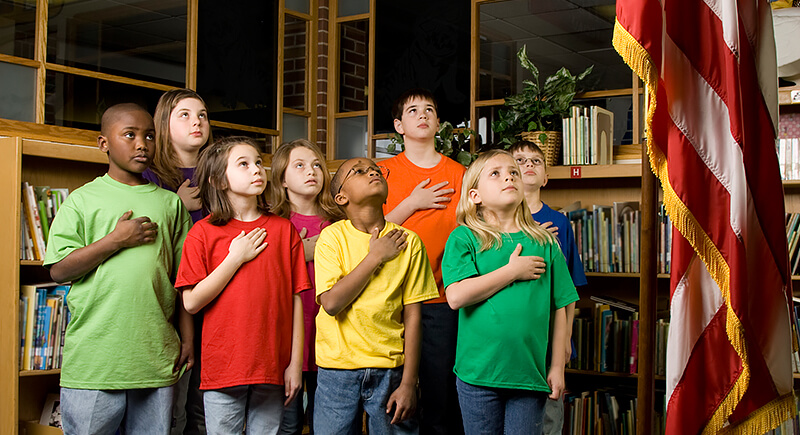
Every morning started with the Pledge of Allegiance. Schools also taught proper flag folding and respect for national symbols. While some schools still do this, it’s less common now and sometimes debated. Many young students don’t even know the rules for handling the flag.